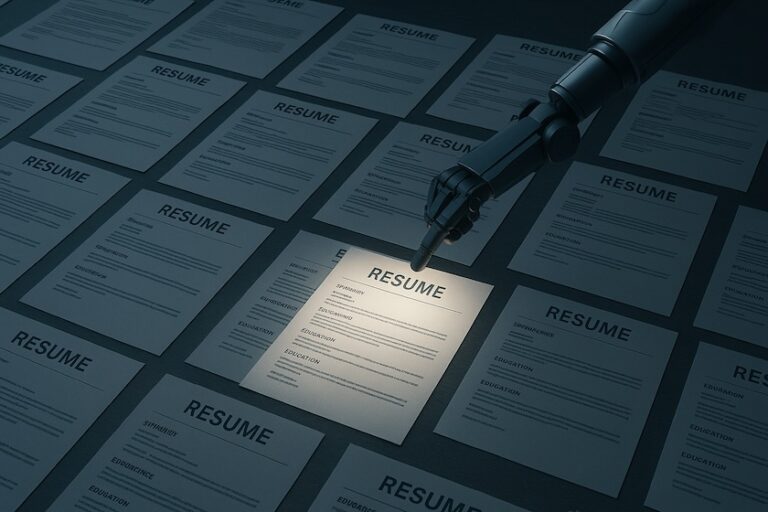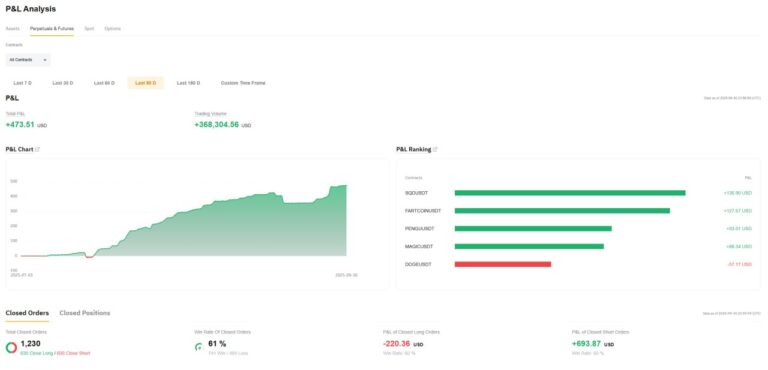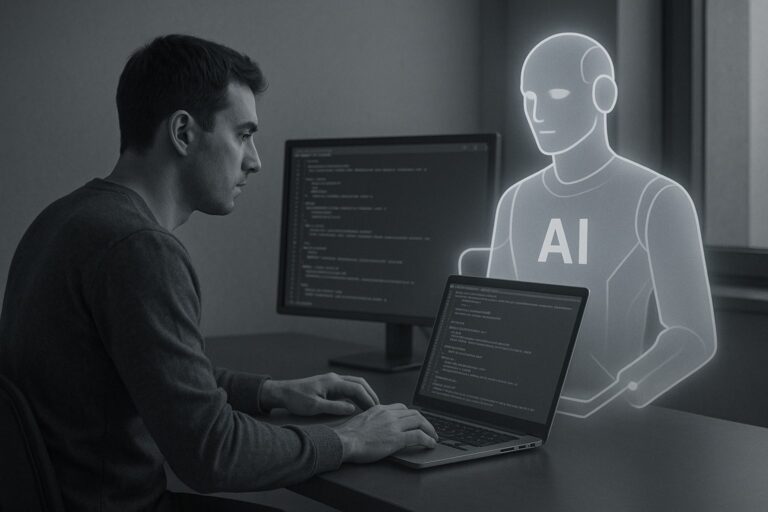Case Study: Breaking CAPTCHA with AI – Evaluating CAPTCHA Security Through Advanced Computer Vision
Overview
CAPTCHAs are widely used to differentiate between human users and bots on websites. However, with the rise of advanced AI models, many CAPTCHA systems are increasingly vulnerable to automated attacks. This project aimed to assess the resilience of common CAPTCHA mechanisms by developing an AI-powered CAPTCHA breaker. Using cutting-edge computer vision techniques and neural networks, we tested the effectiveness of CAPTCHA designs and identified potential security flaws.
Objectives
- Evaluate the strength and vulnerability of existing CAPTCHA systems.
- Simulate automated CAPTCHA solving using AI and machine learning.
- Help developers design more robust, AI-resistant CAPTCHA challenges.
Target Audience
- Cybersecurity professionals
- Web developers
- AI and machine learning researchers
- UX designers concerned with web accessibility
Technologies Used
- Computer Vision: For image recognition and feature extraction from CAPTCHA images.
- Siamese Neural Networks: Used for identifying similarities and matching distorted characters and patterns.
- Custom Dataset Creation: Thousands of CAPTCHA samples were generated and labeled to train the model.
- Logic-Based Decision Algorithms: For determining the most likely response based on character prediction confidence.
- Python and TensorFlow: Primary tools used for training, evaluating, and deploying the AI models.
Challenges
- Handling the diverse complexity and obfuscation techniques used in CAPTCHA images.
- Developing a dataset that sufficiently represents various CAPTCHA styles and distortions.
- Ensuring the model maintains high accuracy across different CAPTCHA formats.
- Balancing accuracy and speed for practical real-time CAPTCHA solving.
Solutions
- Built a scalable CAPTCHA data pipeline using synthetic generation and web scraping.
- Applied Siamese neural networks for comparative character analysis.
- Combined traditional CV techniques (e.g., thresholding, segmentation) with deep learning.
- Integrated a logic module that boosts prediction confidence by simulating human solving behavior.
Outcomes
- The AI model achieved high accuracy in solving several widely used CAPTCHA types.
- Exposed vulnerabilities in common CAPTCHA implementations, including basic character and image-based systems.
- Provided insight for developers on how to strengthen CAPTCHA designs against evolving AI threats.
- Delivered a repeatable framework for testing new CAPTCHA systems before deployment.
Conclusion
The Breaking CAPTCHA with AI project highlights the urgent need for stronger CAPTCHA systems in the age of machine learning. By simulating hacker-like behavior using computer vision and intelligent decision-making, this study demonstrates how easily weak CAPTCHA defenses can be bypassed. The insights gained will support future efforts to enhance web security and ensure CAPTCHAs remain an effective barrier against bots.






